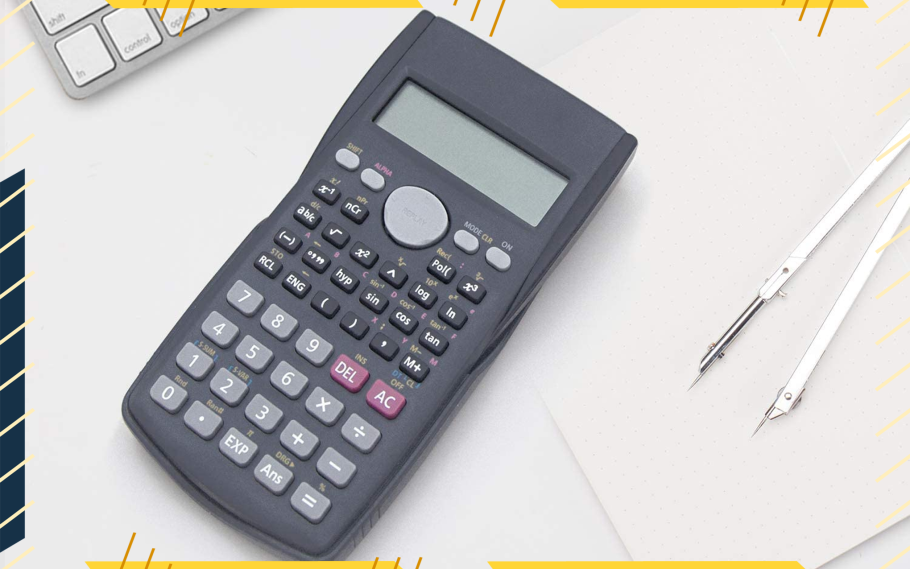Math is a fundamental part of life, and a scientific calculator can make it easier to solve math problems. A scientific calculator is a tool designed to help students, professionals, and hobbyists perform calculations that involve complex numbers, equations, and other mathematical operations. With its use, you can quickly calculate the results of equations, trigonometric functions, and other mathematical operations with just a few taps of the keys.
- Calculator Familiarization:
When using a scientific calculator, it is important to familiarize yourself with the way it looks and works. Understanding the different buttons and their functions is essential to using the calculator effectively. Look for buttons that perform calculations, as well as buttons that allow you to enter numbers and equations.
- Calculate in scientific mode:
The calculator should be set to scientific mode to be able to perform complex mathematical operations. To do this, press the “Mode” button and select the “Scientific” option. This will ensure that the calculator is in the correct mode to perform the calculations you need.
- Enter the Numbers and Equations:
Once the calculator is in scientific mode, you can begin entering the numbers and equations you need to solve. Make sure to enter the values in the correct order, as the calculator will calculate the result of the equation based on the order of the numbers and operations.
- Use the Right Mathematical Symbols:
When entering equations, it is important to use the correct mathematical symbols. For example, if you are entering a division equation, you should use the division symbol (÷). This will ensure that the calculator performs the calculation correctly.

- Trigonometry:
With a scientific calculator, trigonometric functions can also be calculated. For example, if you need to calculate the sine of an angle, you can enter the angle and then press the “sin” button, which will display the result of the calculation.
- Store Values in Memory:
The calculator can also store values in memory. This allows you to quickly recall the value of a calculation without having to re-enter it. To store a value in memory, press the “M+” button and enter the value.
- Calculate advanced features:
The scientific calculator can also be used to perform more advanced calculations, such as calculating the derivatives and integrals of functions. To do this, enter the function and press the “dx” or “∫” button, which will display the result of the calculation.
- Check Your Calculations:
Once you have completed your calculations, it is important to check your results to ensure that they are correct. You can do this by pressing the “=” button, which will display the result of the equation. If the result is not what you expected, you can go back and check your equations and numbers to find any mistakes.
Conclusion:
A scientific calculator can be an invaluable tool for anyone who needs to perform complex calculations. With practice, you can become proficient in using a scientific calculator and solve math problems with ease.

